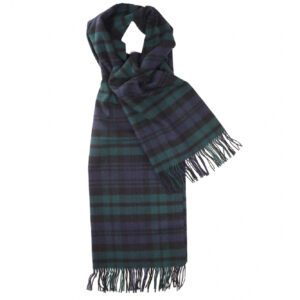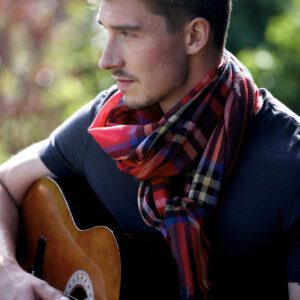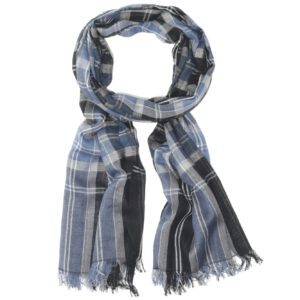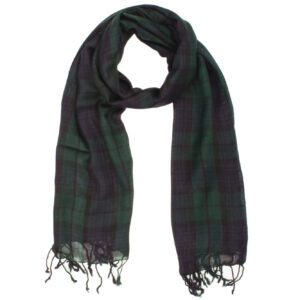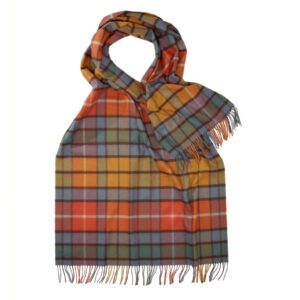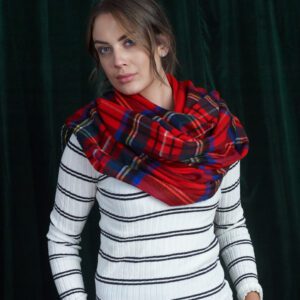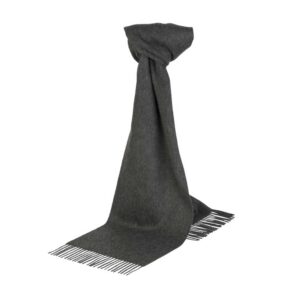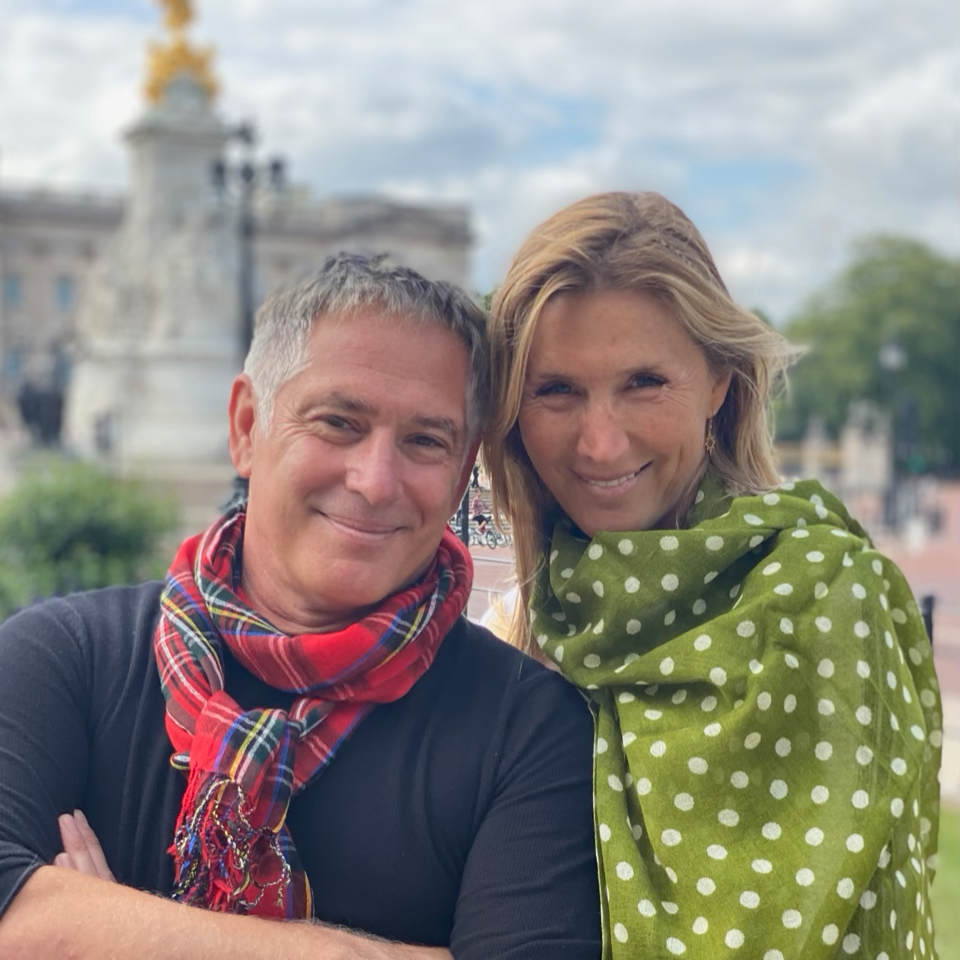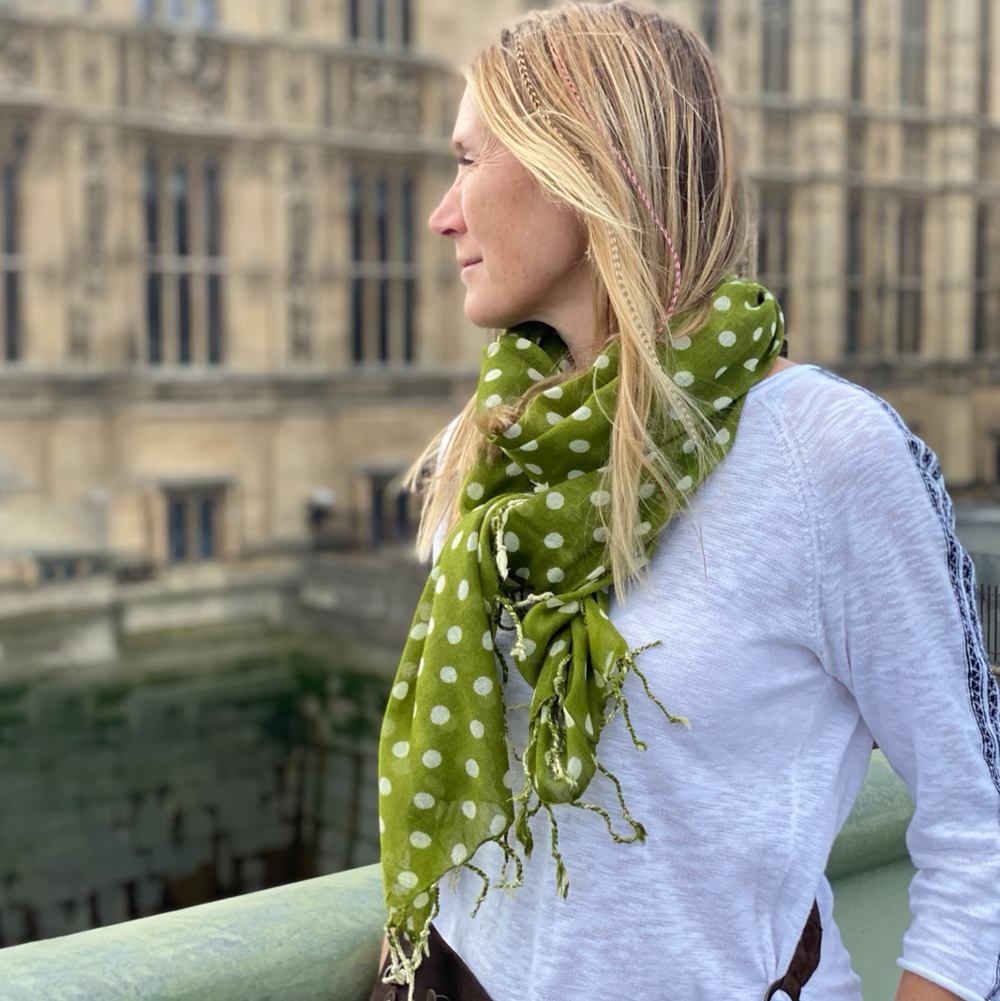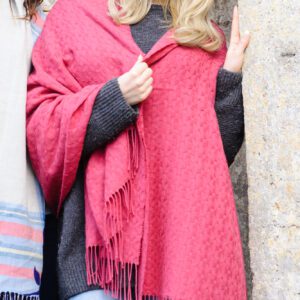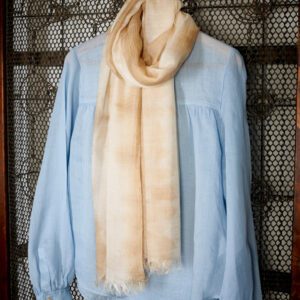Add your feed to SetSticker.com! Promote your sites and attract more customers. It costs only 100 EUROS per YEAR.
Pleasant surprises on every page! Discover new articles, displayed randomly throughout the site. Interesting content, always a click away
Glen Prince in Biarritz 11 Nov 2022, 12:20 pm
Scarves & The Seaside
A fabulous autumn weekend at our favourite French seaside location, Biarritz, in the Basque country. Rolling waves, beautiful beaches and to top it all the sun showed up for the entire stay. Sandrine kept warm in the sea breeze with her cashmere stoles and I had my grey glen check cashmere scarf to hand as so often.
Lunch & Luxury Cashmere
Our friends and hosts Beatrice and Vincent joined us for lunch at the Plage des Cavaliers before watching the local rugby team handsomely beat Brive at the stade d’Aguilera scoring five tries thus elevating themselves up the table of the national league.
So lucky to enjoy a game of Padel at the local tennis club and to cap the weekend of a long Sunday walk in the Pyrenees overlooking the coast and across the mountains, I’ll refrain from publishing any pictures showing me attempting to surf ….just too embarrassing!
Till next time,
Mark
How are our Scottish Scarves & Stoles made? 8 Nov 2022, 5:02 pm
Ever wondered how scarves & stoles are made?
In this series of posts, we answer the two most asked questions we get: How are scarves made? How are stoles made?
There are approximately 30 different processes involved in transforming fibre into luxurious Glen Prince scarves and stoles. Our cashmere, lambswool and blends are the work of skilled craftswomen and craftsmen using centuries of innovation passed down through multiple generations. The experts take pride in every thread, every twist, every yarn and every stitch, from raw fibre in the wool. It all happens right in the heart of Scotland!
Let’s Look at Three of the Key Process
What is the Dyeing Process?
The talented dye technicians have worked hard over many years to perfect the finished signature colour recipes, according to the character of the raw materials. A handful of the dyes that are used in our Glen Prince products today were developed as long ago as 1850s!
There are thousands of shades in the colour library, ranging from soft tones to bold powerful colours. Much like human hair, the chemical dyeing process leaves the fibres in a felted and matted state. They are teased out over a series of spiked rollers and sprayed with a light coating of oil to protect them in subsequent processes- All to open the fibres and prepare them for the carding process.
Blending & Carding Process
Our blends at Glen Prince can be made of different colours of the same fibre or of the same fibre or of different types of fibre, e.g. cashmere and lambswool or cashmere and merino wool blends.
After the fibre is carefully blended into a colour or a luxurious mix of fibres, it is fed into a carding machine that works like a large comb to straighten the fibres.
Weaving Process
The weaving process starts with laying out the warp of the pattern. The warp consists of threads that run vertically from the top to the bottom of the cloth. The number of threads in the warp varies according to the fineness of the yarn and the density and width of the fabric required. When the warp is ready it is wound onto a circular beam and transferred to the loom for weaving.
We hope you found this insight into how our Scottish products are crafted. If you have any questions about any of the Glen Prince collections, please email the team at talk@glenprince.com
View our bestselling Scottish-made scarves & stoles below
Glen Prince’s Cashmere 21 Jul 2022, 11:13 am
About our Cashmere
Only the purest and finest natural fibres are used to make our luxury Cashmere scarves and stoles. Our Cashmere is sourced from Australia and Mongolia.
Finest Cashmere, woven Scotland
The fibres are lovingly cultivated to ensure they maintain their fantastic quality, beauty and durability. These fibres are taken to the oldest running Mill in Scotland where our scarves and stoles are made, using over 200 years of expertise.
Why is Cashmere so soft and warm?
It is one of the finest, most luxurious natural fibres in the World. Known for its extreme softness, warmth and quality. The finest fibres are taken not from the long hairs you see on the goats but from their underbelly.
The extreme fluctuation in temperature throughout the year, rising to above 40°C in summer and dropping to below -40°C in winter, is what helps the goats grow their beautiful fleece. The Cashmere fibres have a natural crimp, this helps them to interlock during manufacturing processes and allow the fibres to be spun into very fine, luxurious fabrics.
There is a special raising process carried out on our cashmere scarves and stoles. The dried heads of the teasel plant are placed between metal bars, which are fixed around a revolving drum. The teasel heads become flexible when wet and the hooked ends gently tease out and align the cashmere fibres to produce our luxurious ripple finish to the Cashmere. If you care for your cashmere it will last much longer than other fabrics – even wool.
